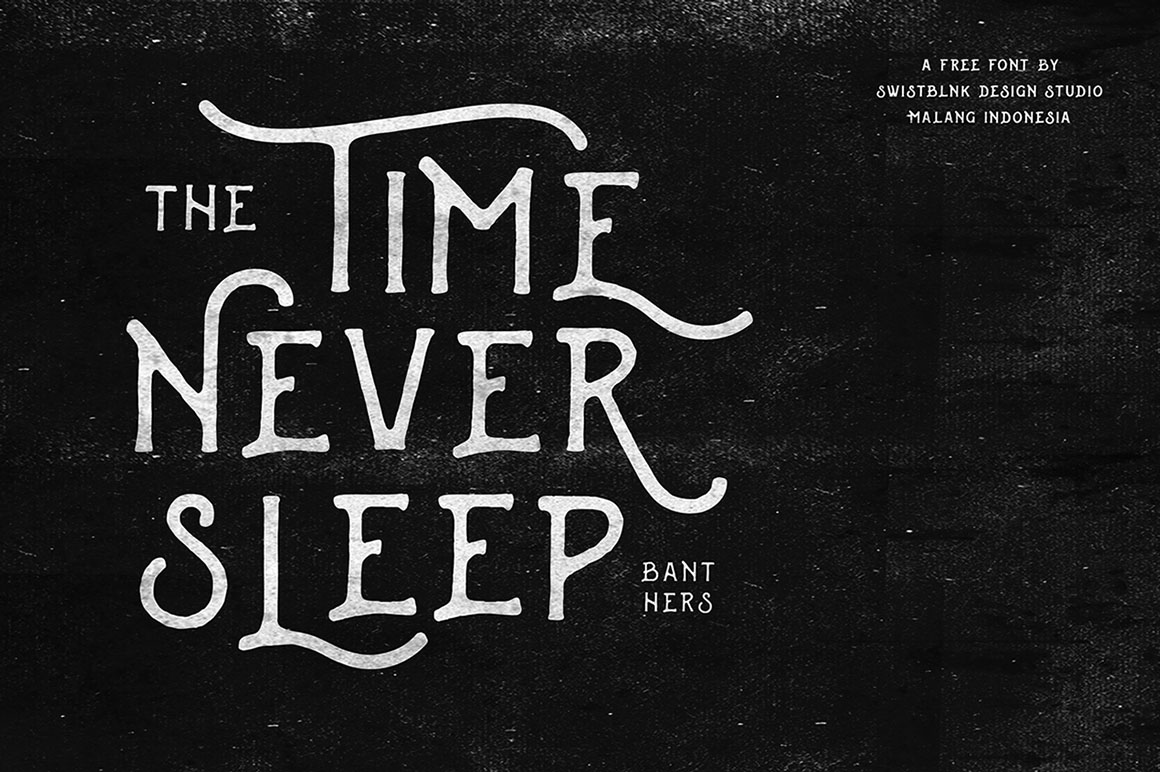
If you choose to combine serif and sans serif faces, select fonts that are compatible, and don’t use more than two typefaces (one serif, one sans serif) on a page. It is safest to use a single typographic family and vary its weight and size for display type and emphasis. You may use either a variation of the serif font or a contrasting sans serif face for the display type. You can truly judge type legibility only within the context of the situation-on the screen, on paper-as users will see your web page. Various studies purport to show that serif type is more legible than sans serif type, and vice versa. The most conventional scheme for using typefaces is to use a serif face such as Times New Roman or Georgia for body text and a sans serif face such as Verdana or Arial as a contrast for headlines.

In contrast, there is no point specifying a typeface for handheld styling since most devices have only one font. Print offers a far richer palette of options when it comes to selecting a typeface many more typefaces look good on paper than the relatively few that are readable and attractive on-screen. Much of our attention is focused on the screen version of our pages, but we also have control over how a page looks when printed on paper. However, the exaggerated x-heights and heavy letterforms of Georgia and Verdana sometimes look massive when transferred to the high-resolution medium of paper. These screen fonts offer excellent legibility for web pages designed to be read directly from the screen. Typefaces such as Georgia and Verdana were designed specifically for legibility on the computer screen they have exaggerated x-heights and are very robust compared to more traditional typefaces in the same point size. The compact letter size of Times New Roman also makes it a good choice if you need to pack a lot of words into a small space. Times New Roman is a good font to use in text-heavy documents that will probably be printed by readers rather than read from the screen. A serif typeface like Times New Roman is about average in legibility on the computer screen and has a moderate x-height.

Times New Roman is a good example of a traditional typeface that has been adapted for use on computer screens. Screen legibility is most influenced by the x-height (the height of a lowercase “x”) and the overall size of the typeface. A traditional typeface such as Times Roman is considered one of the most legible on paper, but at screen resolution its size is too small and its shapes look irregular. Some typefaces are more legible than others on the screen. Bear in mind, too, that users can set their browser preferences to display all pages in their favorite font. If you specify a font that is not on the user’s machine, the browser will display your pages using the user-specified default font. In specifying typefaces you should choose from the resident default fonts for most operating systems.

A layout that is carefully designed using one typeface may not format correctly in another. This is useful not only for aesthetic reasons but also because of the differing dimensions of typefaces. Modern versions of html and css allow designers to specify typeface.

Fonts were set by the browser, so pages were viewed in whatever font the user specified in his or her browser preferences. With the first versions of html, web authors had no control over typefaces (“fonts” in personal computer terminology). Each typeface has a unique tone that should produce a harmonious fit between the verbal and visual flow of your content.


 0 kommentar(er)
0 kommentar(er)
